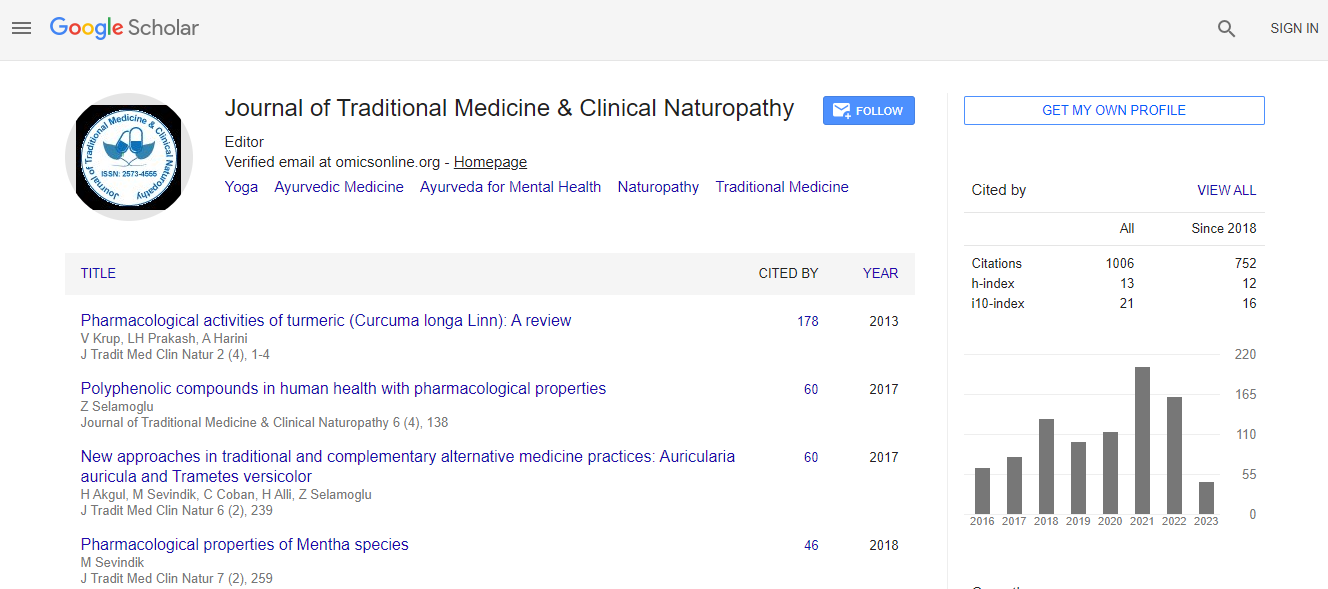Determining the In Vitro Effects of Aqueous Elephant Dung and Fadogia ancylantha Leaf Extracts on Isolated Rat Pregnant Uterus Horns
*Corresponding Author: Mawoza T, University of Zimbabwe, Department of Clinical Pharmacology , P.O. Box A178 Avondale, Harare, Zimbabwe, Tel: +263774414744, Email: tmawoza@gmail.comReceived Date: Feb 26, 2020 / Accepted Date: Mar 17, 2020 / Published Date: Mar 24, 2020
Citation: Mawoza T, Magwali T, Nhachi C (2020) Determining the In Vitro Effects of Aqueous Elephant Dung and Fadogia ancylantha Leaf Extracts on Isolated Rat Pregnant Uterus Horns. J Tradit Med Clin Natur 9: 282.DOI: 10.4172/2573-4555.1000282
Copyright: © 2020 Mawoza T, et al. This is an open-access article distributed under the terms of the Creative Commons Attribution License, which permits unrestricted use, distribution, and reproduction in any medium, provided the original author and source are credited.
Abstract
Background: In Zimbabwe, elephant dung and Fadogia ancylantha are widely used in the third trimester of pregnancy. They are believed to facilitate childbirth because they open the birth canal during delivery. However, the effects of these medicines in pregnancy have not been investigated. This study aimed to determine the effects of elephant dung and F. ancylantha leaf extracts on isolated pregnant and non-pregnant uterine horns.
Materials and Methods: Elephant dung and Fadogia ancylantha leaves were air-dried, macerated in water, filtered, evaporated and freeze dried. Uterine horns from 72 non-pregnant and 72 pregnant female Sprague-Dawley rats were used. The ‘test’ strips were separately exposed to elephant dung (20-640 mg/ml) or F. ancylantha (25-800 mg/ml) while the 'controls' received distilled water only. Effects of oxytocin on tissues exposed to these extracts were measured.
Results: Elephant dung aqueous extract contracted the uterus in a dose-dependent manner whilst Fadogia ancylantha relaxed uterine tissue in a dose-dependent manner. The effects of both the Elephant dung and Fadogia ancylantha extracts were higher in pregnant uteri versus non-pregnant uteri. Oxytocin potentiated elephant dunginduced contraction, but only slightly shifted baseline upwards in tissues exposed to Fadogia ancylantha.
Conclusion: Elephant dung possessed oxytoxic effects and contracted uteri in a dose-dependent manner. Fadogia ancylantha relaxed the uterus in a dose-dependent manner, suggesting that it might slow down labour progression since uterine contraction will not be occurring at a sufficient enough pace to facilitate labour and delivery. Pregnant women and health care workers need education to understand the possible effects of using these traditional medicines in pregnancy.

 Spanish
Spanish  Chinese
Chinese  Russian
Russian  German
German  French
French  Japanese
Japanese  Portuguese
Portuguese  Hindi
Hindi 
